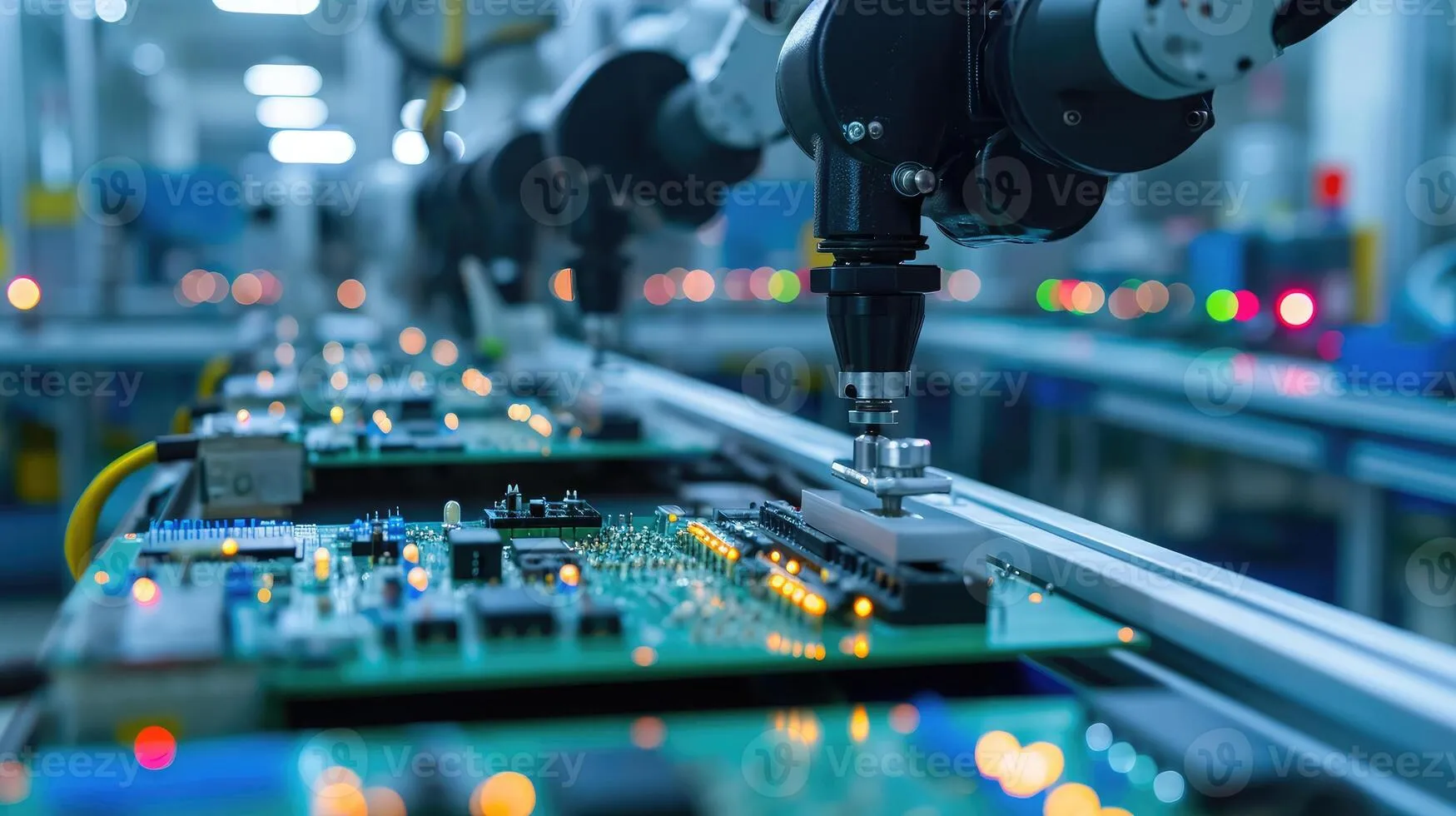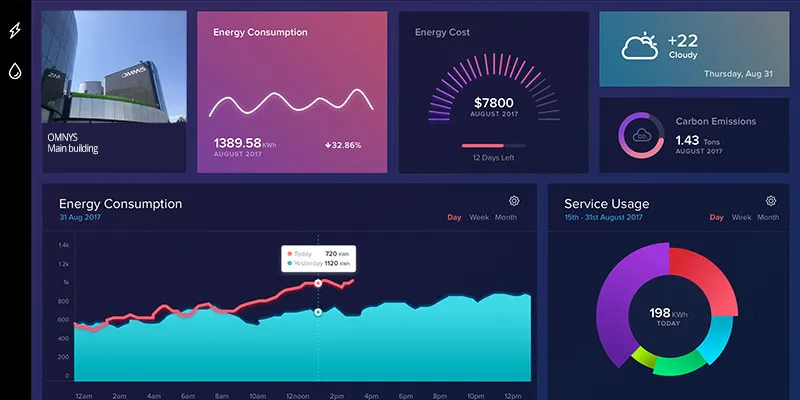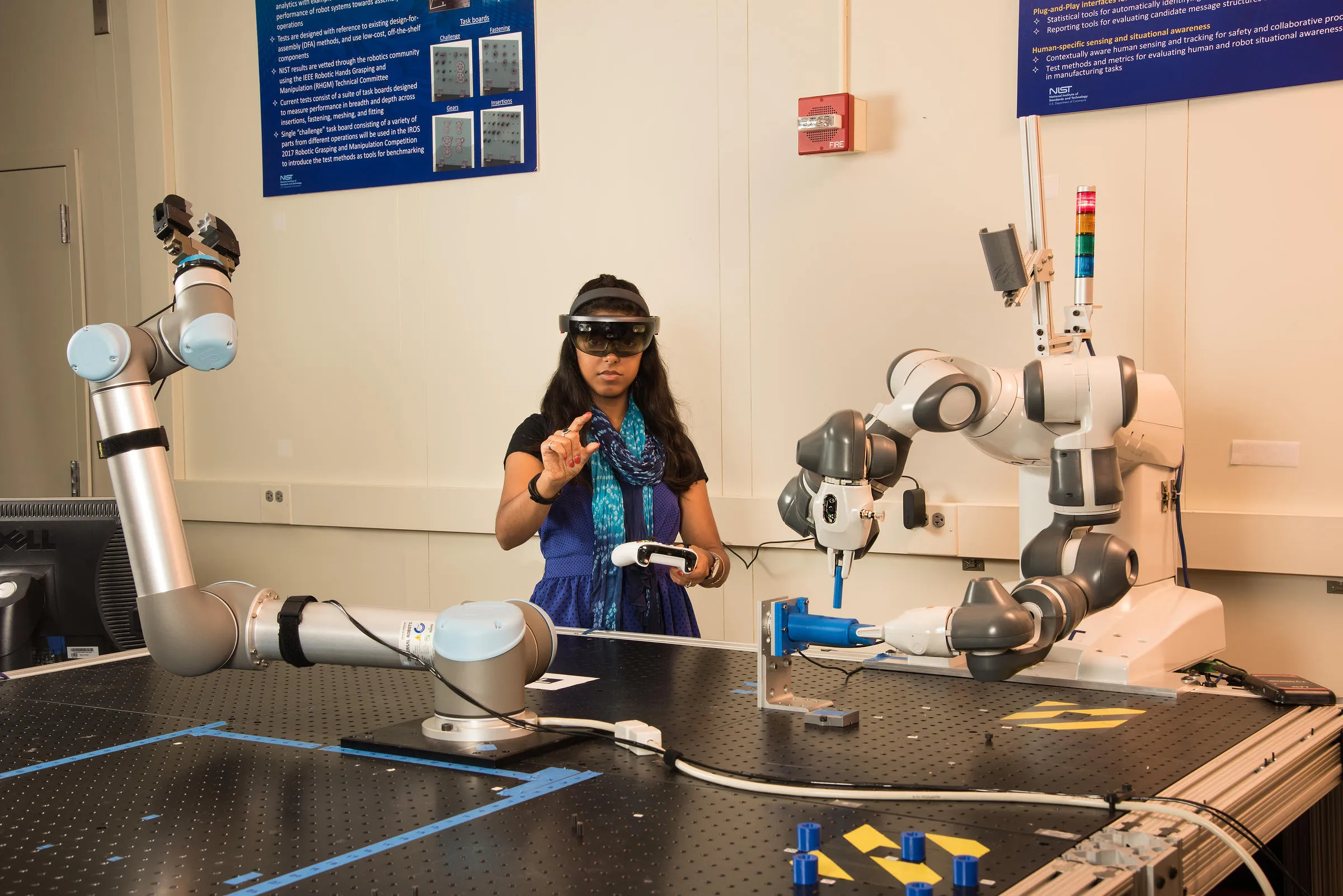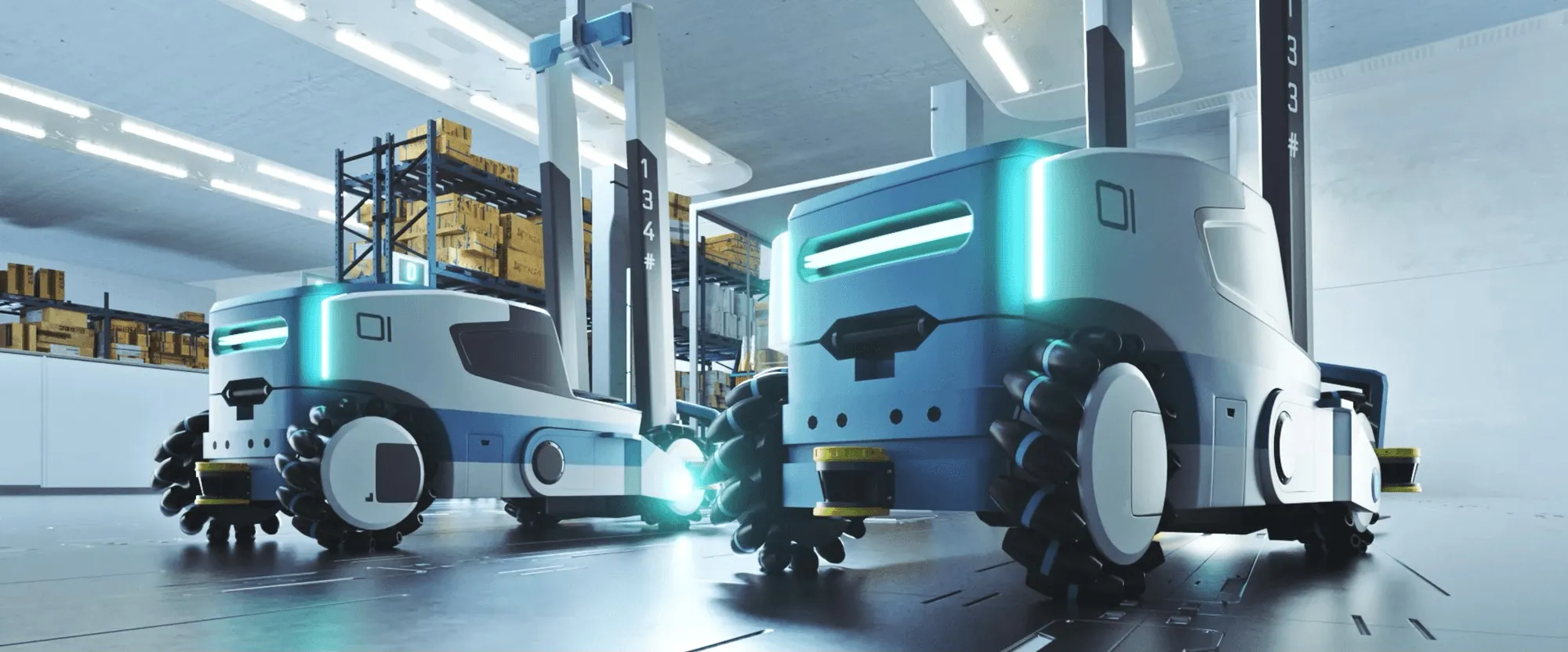
Future Trends: AI and Machine Learning in Electronics Assembly Robots
The electronics manufacturing industry is undergoing a profound transformation driven by artificial intelligence and machine learning technologies. Assembly robots, once limited to repetitive, pre-programmed tasks, are now evolving into intelligent systems capable of learning, adapting, and optimizing production processes in real-time. This technological revolution is reshaping how electronic components are assembled, tested, and quality-controlled across global manufacturing facilities.

Intelligent Vision Systems and Adaptive Assembly
Modern assembly robots equipped with AI-powered vision systems can now recognize and handle components with unprecedented precision and flexibility. Unlike traditional systems that required perfect component positioning, these intelligent robots can identify parts in various orientations and adjust their movements accordingly. This capability significantly reduces setup times and enables faster changeovers between different product lines.
Deep Learning for Component Recognition
Machine learning algorithms, particularly convolutional neural networks, have revolutionized component identification and classification. These systems can learn from thousands of images to recognize subtle differences between similar-looking components, reducing misplacement errors and improving overall assembly accuracy.
Real-time Quality Control
AI systems continuously monitor assembly processes, detecting anomalies and potential defects before they become critical issues. By analyzing data from multiple sensors and cameras, these systems can identify patterns that human operators might miss, ensuring higher quality standards throughout the production cycle.
Predictive Maintenance and Operational Efficiency
Machine learning algorithms are transforming how manufacturers maintain and optimize their robotic assembly lines. By analyzing historical performance data and real-time sensor readings, these systems can predict when components are likely to fail, enabling proactive maintenance that minimizes downtime and extends equipment lifespan.
| Metric | Traditional Maintenance | AI-Powered Predictive Maintenance | Improvement |
|---|---|---|---|
| Unexpected Downtime | 15-20% | 3-5% | 70-80% Reduction |
| Maintenance Costs | High | Optimized | 25-30% Savings |
| Equipment Lifespan | Standard | Extended | 20-25% Increase |
| Mean Time Between Failures | Industry Average | Significantly Improved | 40-50% Increase |

Autonomous Process Optimization
The integration of AI enables assembly robots to continuously optimize their own performance. Through reinforcement learning and other advanced algorithms, these systems can experiment with different assembly strategies, learn from the outcomes, and implement improvements without human intervention.
Self-Optimizing Production Lines
Modern AI systems can analyze production data across multiple parameters - including speed, accuracy, energy consumption, and material usage - to identify optimal operating conditions. These systems can automatically adjust robot movements, tooling parameters, and workflow sequences to maximize efficiency.
Adaptive Manufacturing for Customization
As consumer demand for customized electronics grows, AI-enabled robots can quickly adapt to new product specifications and assembly requirements. This flexibility allows manufacturers to efficiently handle small batch production and rapid product iterations while maintaining high quality standards.
Human-Robot Collaboration and Safety
AI technologies are enabling safer and more effective collaboration between human workers and assembly robots. Advanced sensors and machine learning algorithms allow robots to understand their environment and respond appropriately to human presence, creating more integrated and efficient manufacturing ecosystems.
| Safety Feature | Technology Used | Benefit | Implementation Complexity |
|---|---|---|---|
| Collision Avoidance | LiDAR + Computer Vision | Prevents accidents in shared workspace | Medium |
| Predictive Motion Planning | Reinforcement Learning | Anticipates human movement patterns | High |
| Force Limiting | Torque Sensors + AI Control | Automatically reduces impact force | Low-Medium |
| Gesture Recognition | Deep Learning Models | Understands human commands and intentions | High |

Future Directions and Emerging Applications
The integration of AI and machine learning in electronics assembly robots continues to evolve, with several emerging trends shaping the future of manufacturing. These advancements promise to further enhance efficiency, flexibility, and intelligence in production environments.
Generative AI for Process Design
Emerging applications of generative AI are helping design optimal assembly processes and workflows. These systems can simulate thousands of potential assembly strategies and identify the most efficient approaches before physical implementation.
Edge Computing and Real-time Decision Making
The deployment of edge computing capabilities allows assembly robots to process data and make decisions locally, reducing latency and enabling faster responses to changing conditions on the production floor.
Sustainable Manufacturing Optimization
AI systems are increasingly being used to optimize energy consumption and material usage, contributing to more sustainable manufacturing practices while reducing operational costs.

Challenges and Implementation Considerations
While the benefits of AI and machine learning in electronics assembly are substantial, manufacturers must address several challenges to successfully implement these technologies. Data quality, system integration, and workforce training represent critical factors for successful adoption.
Data Infrastructure Requirements
Effective AI implementation requires robust data collection and management systems. Manufacturers must ensure they have the necessary infrastructure to gather, store, and process the vast amounts of data generated by intelligent assembly systems.
Integration with Legacy Systems
Many manufacturing facilities operate with a mix of new and legacy equipment. Successful AI implementation requires careful planning to ensure compatibility and effective communication between different generations of technology.
Skills Development and Workforce Training
As assembly systems become more intelligent, the skills required to operate and maintain them evolve. Manufacturers must invest in training programs to ensure their workforce can effectively collaborate with AI-enhanced robotic systems.
The integration of artificial intelligence and machine learning represents a fundamental shift in electronics assembly robotics. These technologies are not merely incremental improvements but transformative forces that are redefining manufacturing capabilities. As AI systems continue to advance, we can expect even greater levels of automation, intelligence, and efficiency in electronics production, ultimately enabling new possibilities in product design, customization, and manufacturing scalability.
